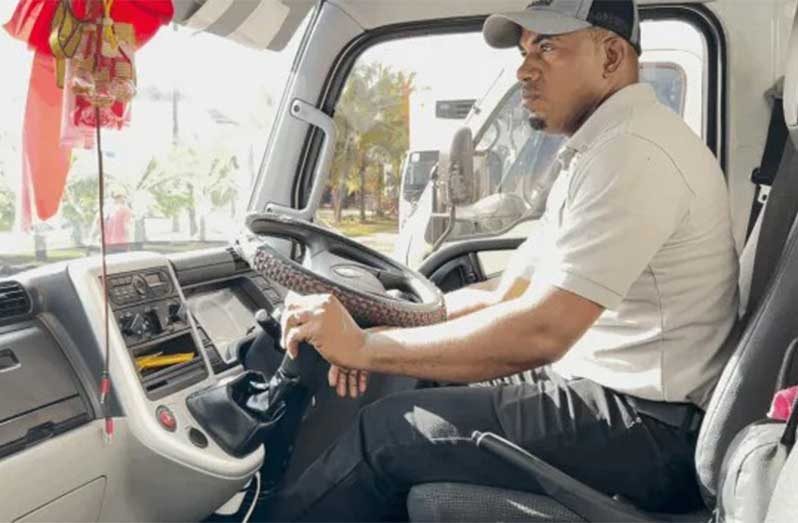ON Thursday, August 28, 2025, long before the first rays of dawn, there will be a new rhythm of life for Guyana’s commuters.
One such commuter is Kevin DeJonge, a seasoned truck driver. His day begins around 4 a.m. and stretches well into the depth of night, mostly because he is stuck in traffic crossing the Demerara Harbour Bridge.
For years, DeJonge’s routine has been shaped by endless delays, bottlenecks and the frustrations of a structure that could no longer keep pace with the modern demands of Guyana’s evolving economy.
For years, he has eagerly watched the new bridge being built, and now his life and an end to his long, tedious days are about to come to an end.
The new Demerara River Bridge, a magnificent structure stretching 2.6 to 2.8 kilometres, four lanes wide, soaring 50 metres above the water, is poised to redefine daily life. This toll-free marvel, inspired by the national pride of the Cacique Crown of Honour, blends graceful form with formidable strength.

It is engineered to last a century, built to AASHTO standards, and promises unfettered access for all vehicles, big or small, at speeds of up to 80 km/h.
The bridge stands 94.51 per cent complete; 14 of 17 cables are already installed, and final paving, barrier placements, and load-testing are underway.
With the last slab of concrete scheduled for placement on August 28, the finishing touches will soon coalesce into a grand, sweeping span that rises above the river like a statement of possibility.
For DeJonge and for the many everyday travellers who weave their lives through Regions Three and Four, this bridge is far more than concrete and steel. It is a promise of more – more time, more reliability, more freedom. “That would mean so much to me,” he says, imagining the simple joys of arriving home early enough to tuck his children into bed, to share dinners, and to watch their faces light up.
The bridge’s impact reaches well beyond saving time. It’s a lifeline for families, a spark for productivity and a silent driver of economic momentum. The elimination of the pontoon’s frequent interruptions ensures uninterrupted access, while the removal of tolls saves commuters an estimated GYD \$3.5 billion annually.
As dawn breaks on August 28, DeJonge will head into his routine with a sense of relief that the long wait is almost over. From his vantage point in the driver’s seat, each new update on the bridge’s progress brings him closer to the day his commute is transformed. For students, workers, parents, and children, for markets and neighbourhoods, what’s rising across the river is more than concrete and steel — it’s a promise of change.
And so, at 2 a.m. on Thursday, when that final span is set in place, Guyana will celebrate a milestone, signalling that the finish line is within sight. The grand opening may still be days away, but already, families can anticipate hours of reclaimed time, the economy can look to new momentum and a nation can envision the chapter that lies ahead.
For drivers like Kevin DeJonge and countless others, the struggle is not yet over, but the journey of possibility is finally within reach. (DPI)



.jpg)








